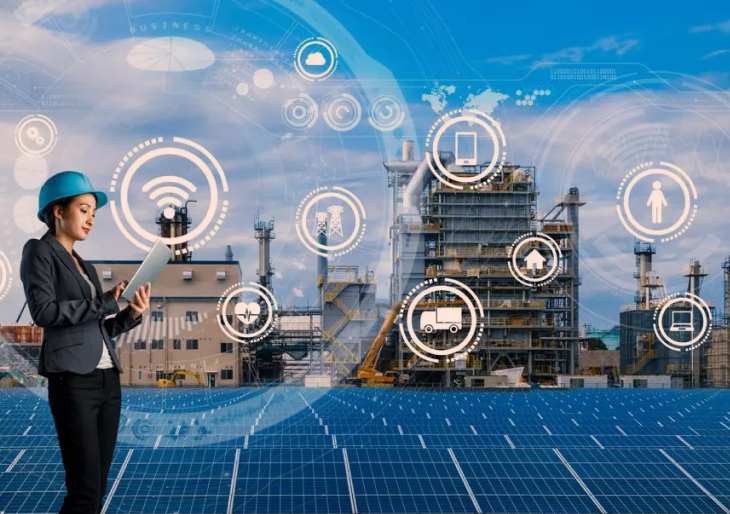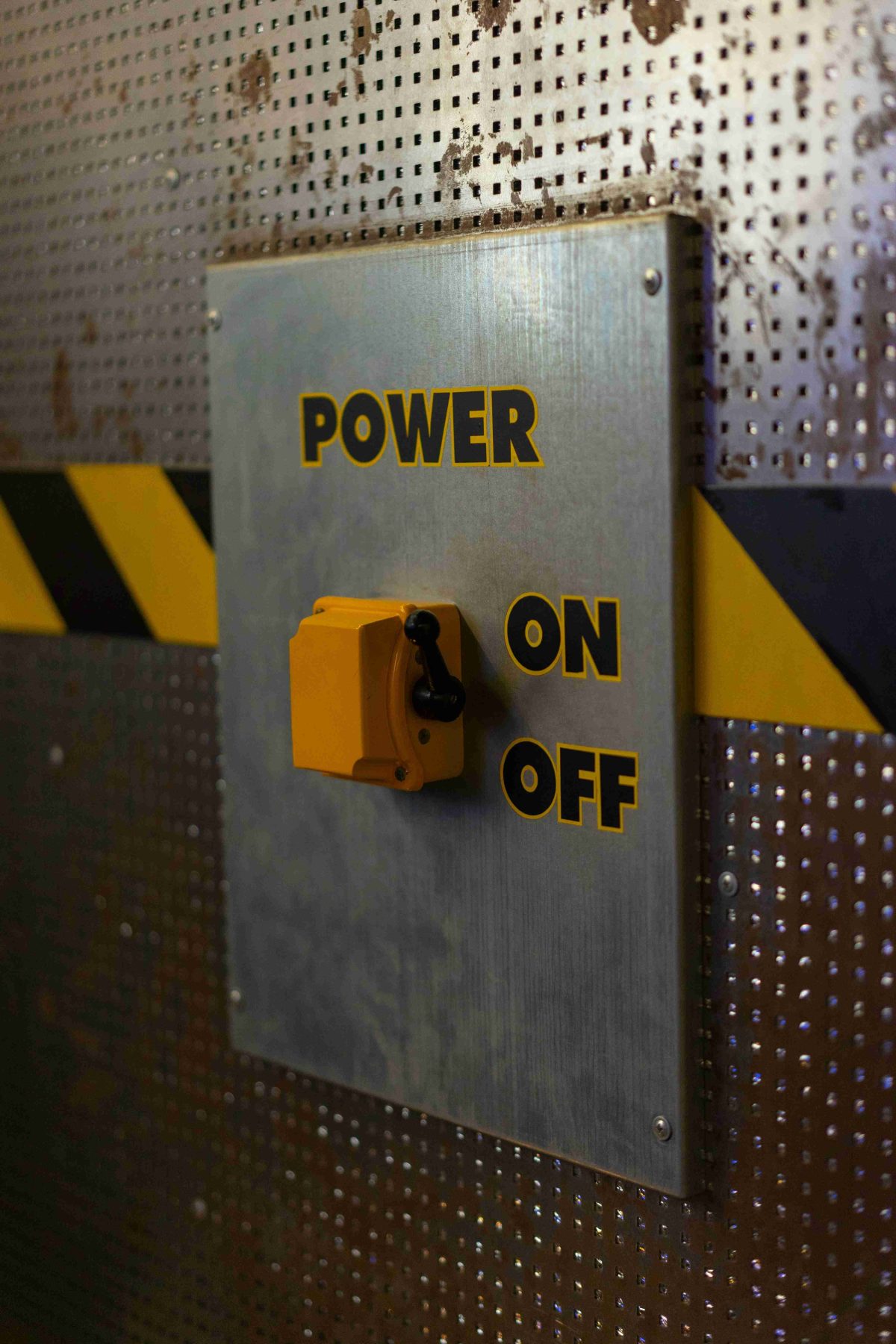
The Internet of Things (IoT) has the power to transform how we live and do business. By digitizing the physical world into seamless connectivity—and leveraging data—organizations can boost efficiency, launch innovative services and create lasting value. The Internet of Things (IoT) is a network of physical objects that are fitted with sensors, software and other technologies. Connected to the Internet, these ‘things’ are able to exchange real time data with other connected devices and systems over networks. These connected devices combine with automated systems to gather IoT data that can be analysed to assist with tasks or learn how to improve a process.
The IoT stands at the forefront of our ability to bring together the digital and physical worlds in a manner that could have profound implications for both society and the economy. The benefits could be in the form of improving operations, the management of physical assets, and health and well-being, for example. Against that backdrop, the IoT can be the beating heart of digital transformations.
List of Industry 4.0 technologies:
Generally-speaking, Industry 4.0 describes the growing trend towards automation and data exchange in technology and processes within the manufacturing industry, including:
- Internet of things
- The industrial internet of things (IIoT)
- Cyber-physical systems (CPS)
- Smart manufacture
- Smart factories
- Cloud computing
- Cognitive computing
- Artificial intelligence
This automation creates a manufacturing system whereby machines in factories are augmented with wireless connectivity and sensors to monitor and visualise an entire production process and make autonomous decisions.
Wireless connectivity and the augmentation of machines will be greatly advanced with the full roll out of 5G. This will provide faster response times, allowing for near real time communication between systems.
3 problems which our customers solve using Internet of Things (IoT)
We are et the very-very beginning of the of this infucltion curve where IoT will make a difference. We are still at early gurney but accelerating quickly. We making connectivity and unlocking the value which coming along with that. Our clients work on 3 classes of problems:
- Connected products. Clients connecting them into the internet to serve customers better or to provide more security into the working process. There are different use cases – from connecting the coffe machines toi connections the airplanes to the internet.
- Connected operations. This is about industry 4.0, or smart Plant. Its essentially what can we do via connections supply chain that are connected and what kind of productivity can be unlocked from that.
- New Business building.
9 Core economic-value potential of IoT and it’s core use cases:
Below we indicate in “%” estimated by 2030 economic value from the Internet of Things adoption.
The Internet of things large and growing economic-value potential is concentrated in nine settings where technology is deployed:
- Vehicle (10%): insurance (personal transportation), after-sales improvements (passengers and shipping)
- Office (5%): HR redesign: augmented reality . activity monitoring. All these about human productivity.
- Retail environment (10%): Self-checkout (billing, material-handling), Real-Time personalised promotions, self checkout (payments)
- Outside (10%): autonomous vehicles (cars), operations management (defense), ship navigation
- Home (10%): chore automation, energy management, safety and security
- City (15%): centralised and adaptive traffic control, autonomous vehicles, congestion lanes
- Human health (15%): monitoring and treating ilness, improving wellness
- Work site (20%): Operations management (constructions), Operations management (Oils and Gas), improved equipment maintenance
- Factory (20%): operation management, increase farm yield, predictive maintenance
As you can see the greatest potential for value creation is in the factory setting with ptimizing operations in manufacturing—making the various day-to-day management of assets and people more efficient. Overall, operation-management applications in manufacturing could account for around 32 to 39 percent of the total potential IoT economic value created in the factory setting.
The operation-optimization and human-productivity clusters could comprise around 56 percent of IoT economic value in 2030; health and condition-based maintenance are estimated at around 15 and 12 percent, respectively.
What it takes to scale the IoT?
Customers of UBSLogic that have succeeded in deploying IoT at scale take seven main steps:
- Decide who owns the IoT in the organization. At present, many organizations have no clear owner for the IoT, with decision making dispersed across functions, business units, and levels. Our customers that have succeeded in deploying the IoT at scale address this situation by assigning a clear owner (who could come from a variety of functions and roles).
- Design for scale from the start. The IoT must be grounded in business outcomes. Too often, companies get caught up in the technology and focus only on pilots. The impact can be seen in the “pilot purgatory”.
- Don’t dip your toe in the water. Despite the concentration of economic value in specific IoT setting and use-case-cluster combinations, there is no silver-bullet use case. Deploying multiple use cases at the same time forces organizations to transform operating models, workflows, and processes to ensure value capture.
- Invest in technical talent and partnership with UBSlogic. IoT technical talent is in short supply. A first critical step to filling the gap is hiring us who speak the technical language and can navigate the landscape. Data engineers and scientists of UBSLogics are essential, but for organizations to be at the cutting edge, they must also upskill their current workforces in data science in order to owner the final product for company.
Industry 5.0 is already being spoken about and involves robots and smart machines allowing humans to work better and smarter. Industry 5.0 will make the factory a place where creative people can come and work, to create a more personalised and human experience for workers and their customers.”
By connecting the way in which man and machine work together, estimates say that Industry 5.0 will mean that over 60% of manufacturing, logistics and supply chains, agri-farming, and the mining and oil and gas sectors started to employ chief robotics officers.
Thus, the proliferation of robotic automation is inevitable. - Change the entire organization, not just the IT function. Too often, IoT deployments are regarded as technology projects run by the IT department rather than business transformations. Technology alone will never be enough to unlock the potential of the IoT and enable maximum value capture. Instead, the core operating model and workflow of the business must be redesigned
By the way, our teams including Front end developers, Data engineers are actively working to help customers to realise complicated IT projects, mainly for companies operating in Telecom/ Energy, Smart cities and IoT, Construction and Isolation. Some of the projects in response to growing energy needs, provide reliable, modular, turnkey services for power grids and for thermal, biomass, photovoltaic, and waste-to-energy power plants.


